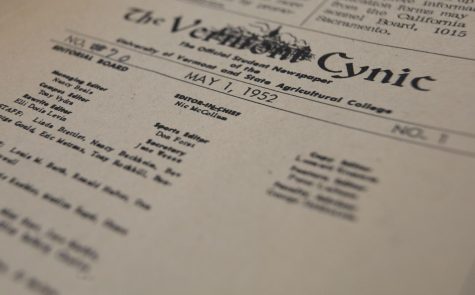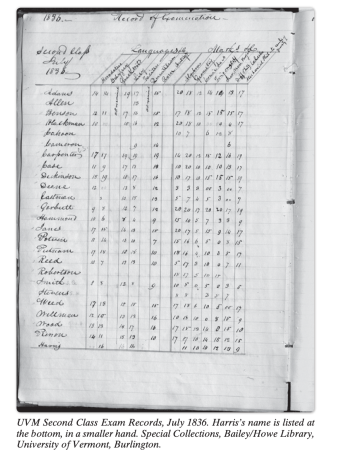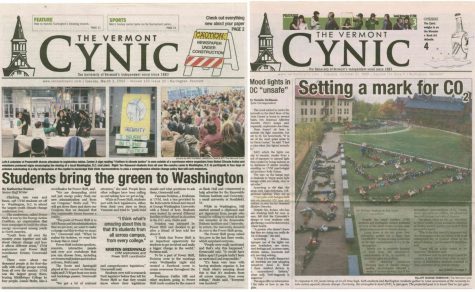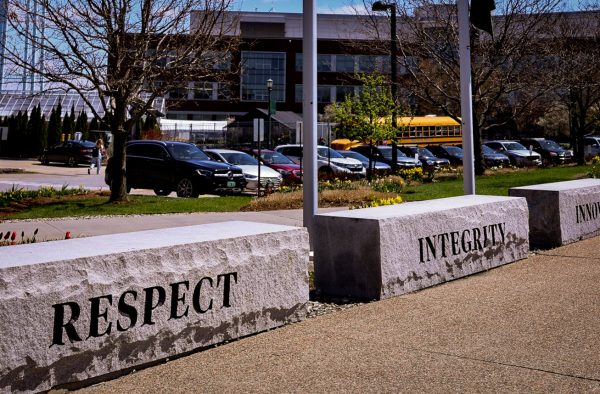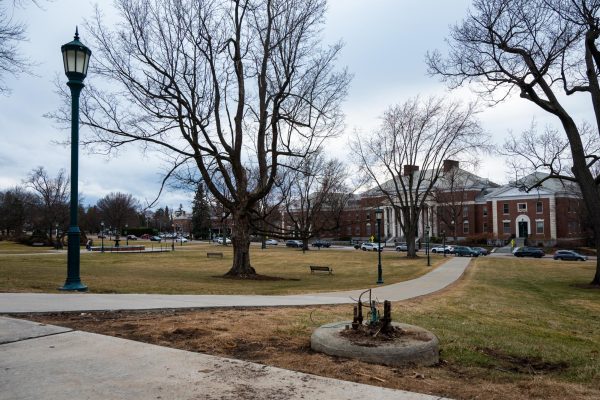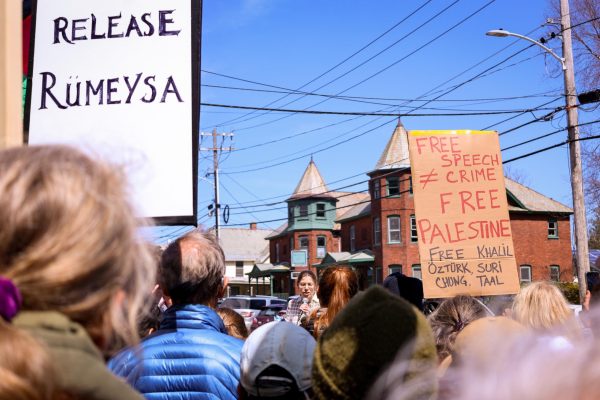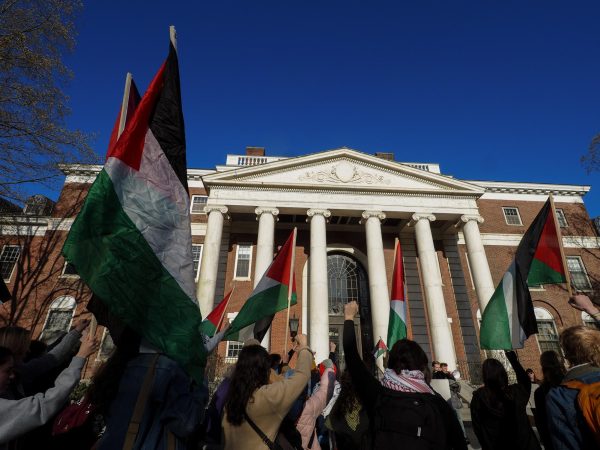The New Vermont Border
On Thursday, November 3, Dr. Glen Elder, associate professor of the geography department and winner of the Dean’s Lecture Award, presented his thoughts from a queer and feminist perspective on the symbolic and discursive language of borders. Elder’s goal was to connect Vermont within the larger global perspective, to understand America’s response to war as a “new geography,” and to explain how borders serve as a place for social and political change.
Elder began this discussion by treading aggressively and confidently onto the topic of 9/11. Using literary discourse, Elder explained that common American narrative is a sort of place/name metonymy. For example, naming the previous site of the Twin Towers, “Ground Zero,” to discuss the actual events of planes crashing, people dying and terrorism entering our country is reductionist because there have been past events and sights named Ground Zero like: Pearl Harbor, Gettysburg and Three Mile Island.
Therefore, by using that term solely to define the events of September 11, 2001 there is an erasure of all previous places and histories.
Hence, Elder declared that “9/11 marks a presence of an absence;” we as Americans do not know how to memorialize 9/11.
Here Elder’s argument narrows to the current state of borders, specifically the Vermont-Canadian border.
He explains that in the 1990’s there were talks of removing the border altogether, but after the terrorist attacks those discussions were halted and instead the idea of “closed borders” sprung up.
Elder goes into an innovative reading of this sudden anxiety on the part of America. Apparently, borders are a queer space; unstable, difficult to define, create logic through performance and re-performance, and are constantly being redefined.
This translates into the idea that borders are a performance space where each country, in this case Canada and America, can perform their national anxieties. His argument stems from Judith Butler’s idea of gender and sexuality as performances and how this produces the myth of gender cohesion.
According to Elder, this same mythic cohesion occurs with borders. Glen talks about the U.S. Patriot Act (October 26, 2001) and the subsequent $50 million spent towards “building the border” as a literal stage and set built to perform these national identities.
Here he goes back to the polemic argument of memorializing 9/11; the memorials of 9/11 are already up, he says, they are the “monumentals of border crossing points!”
So where does that leave the people living in and near the Vermont-Canadian border today? There is currently a permanent border post with detention facilities being built at White River Junction, 100 miles into the state of Vermont.
This new facility shows that border policy is not just acted at the border anymore, it is now interior border checks that define our national identities as well. Building and maintaining borders is context specific; today entering the U.S. border is bureaucratic not geographic.


